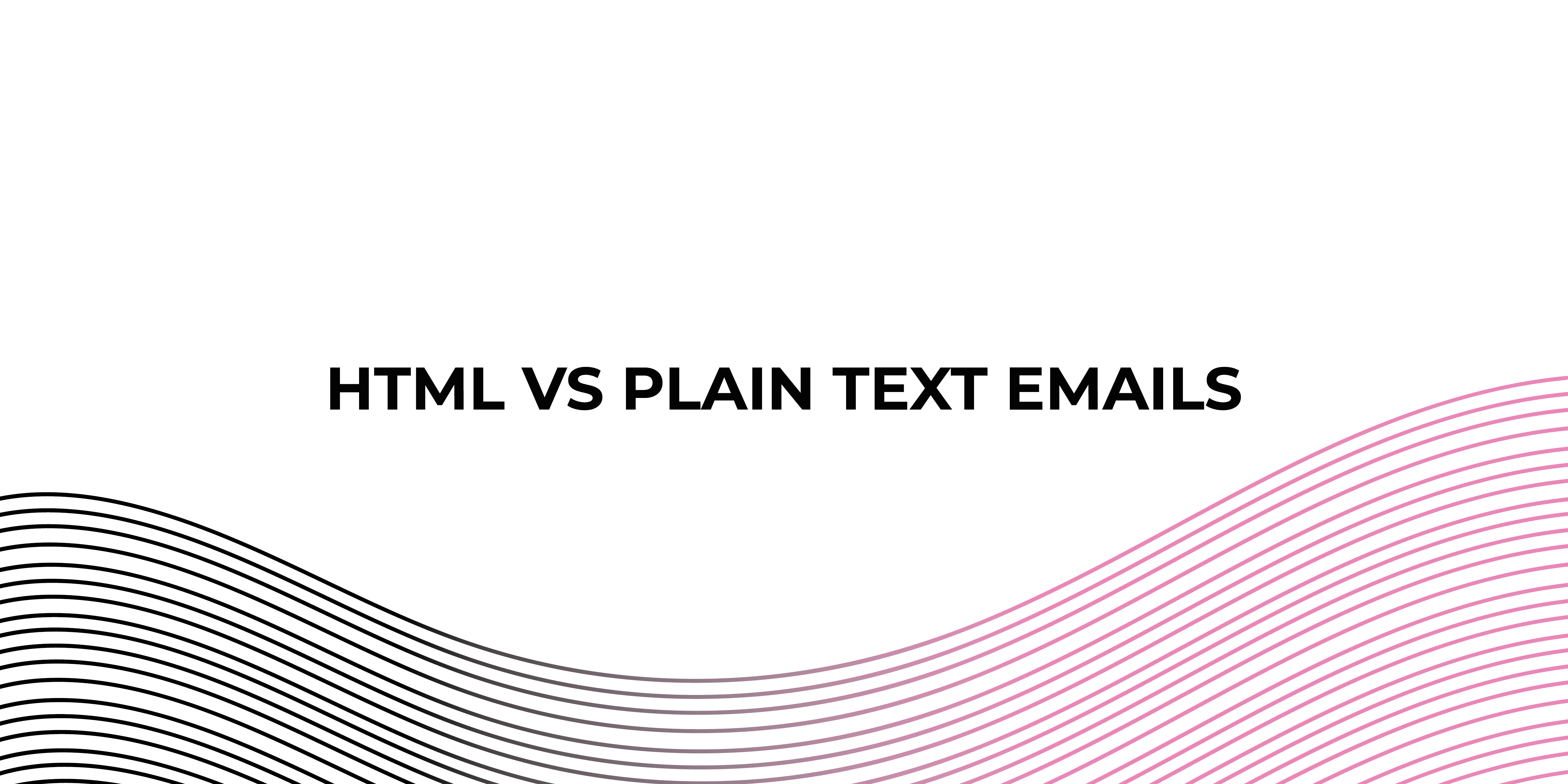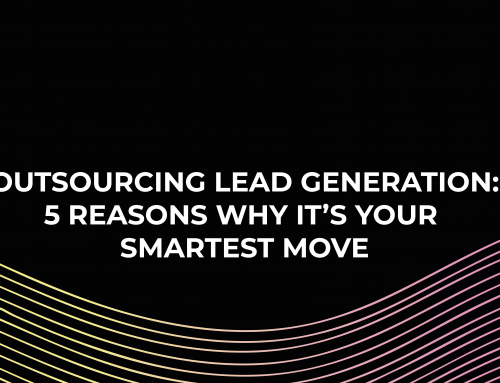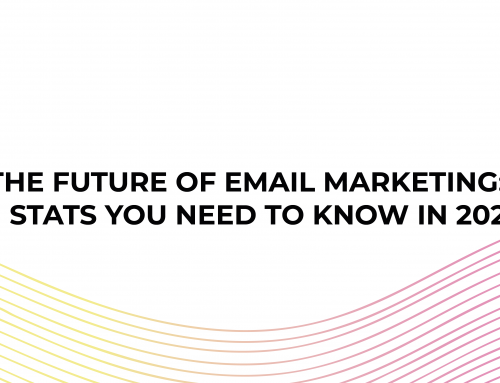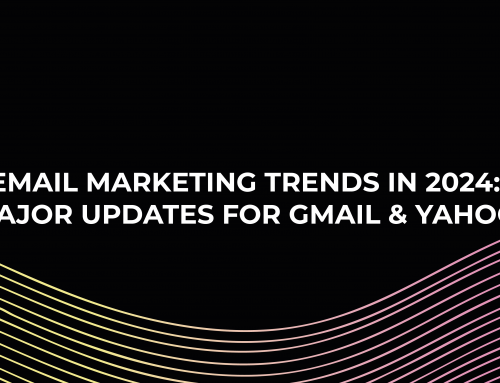You must be interested in conversions as an email marketer. You review and retype the email message to ensure that it has the greatest possible effect. However, the overall design of the email will ultimately determine its success. Should you write a simple message? Or should you use intriguing images, calls to action, and bright colours to communicate it?
You may be an experienced email marketer and an email expert in the technical aspects of an email, or you may not be. In any case, we’d want to share all of our expertise on plain text versus HTML emails.
The Difference Between HTML and Plain Text Emails
How can you tell the difference between the two kinds of emails? Get your answers down below.
Emails in Plain Text
Plain text emails, as the name implies, include text in its most basic form. There is no formatting, no embedded links, and no pictures – just plain text.
Don’t dismiss the notion of sending plain text emails too quickly. These emails provide optimal deliverability and resemble having a one-on-one discussion with your consumers.
Emails in HTML
HTML, which stands for HyperText Markup Language, is how you code a document, although we won’t go into the technicalities here. HTML emails include text formatting, graphic information, appealing call to action buttons, and other elements. It’s far from simple.
The Benefits and Drawbacks of Using Plain Text Emails
Pros: plain text emails are supported by all email clients, ensuring consistency in delivery and improved accessibility; messages are more personable, load faster, and are preferred by B2B marketers.
Cons: limited control over layout, no ability to add links, pictures, or other graphics, no monitoring of key email metrics, more difficult to stand out CTAs, and trouble are distinguishing brands.
The Benefits and Drawbacks of Using HTML Emails
Pros: better and more sophisticated design control, embed images, multimedia, links, and tables, higher conversion rates, more dynamic and personalized messages, and they are the preferred email format by B2C marketers.
Cons: Greater risk of viruses and phishing scams, CSS styling may be taken away, more likely to get up in the spam folder, and certain email clients and devices don’t display HTML properly, resulting in a jumbled mess of code.
Plain Text vs HTML Emails: Which Is Better?
Although individuals claim to prefer HTML- and image-based emails, simpler emails perform best – and plain-text emails work best of all.
In every single A/B test, the email with the simpler design triumphed. The emails with the fewest HTML elements won statistically.
Every other marketing channel is integrating graphics and seems to be seeing positive effects. Why did emails perform worse when we tried to make them more visually appealing?
HTML emails have a lower open rate.
Image tags and HTML-rich templates seem to be identified as commercial emails by email providers, which means they are filtered out of a recipient’s primary inbox. (As a result, no one can open it.)
HTML emails have a lower clickthrough rate.
Consider how you contact co-workers and friends: do you typically include pictures or use well-designed templates? Most likely not, and neither does your target audience. They are used to using email to interact in a personal manner. Therefore, emails from businesses that seem more personal will have a greater impact.
In the end, less is more when it comes to email.
This may be a difficult pill for marketers to swallow since we are naturally motivated to be innovative. However, evidence consistently indicates that plain-text email wins, so it’s up to us to determine whether or not to make the transition.




